How do I change a kitchen tap?
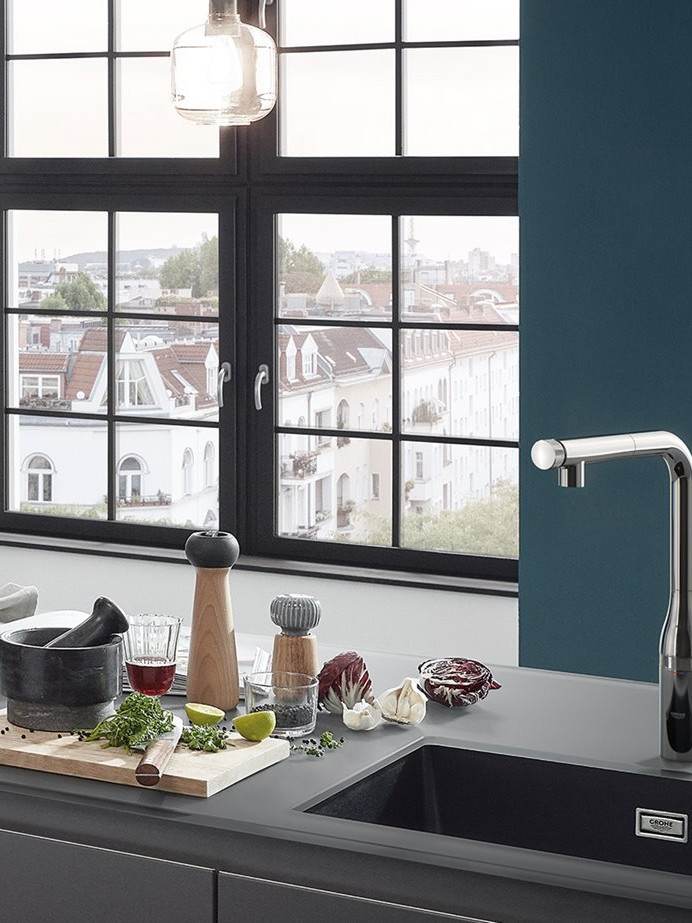
1. Assess your current situation
Check the current condition of your tap. If water is leaking, if you hear creaking noises when using the tap, or if there’s any doubt about wear and tear, it could be time for a replacement tap. You should also make a note of any such concerns, in order to discuss your plans with an expert or salesperson, before choosing a new tap.
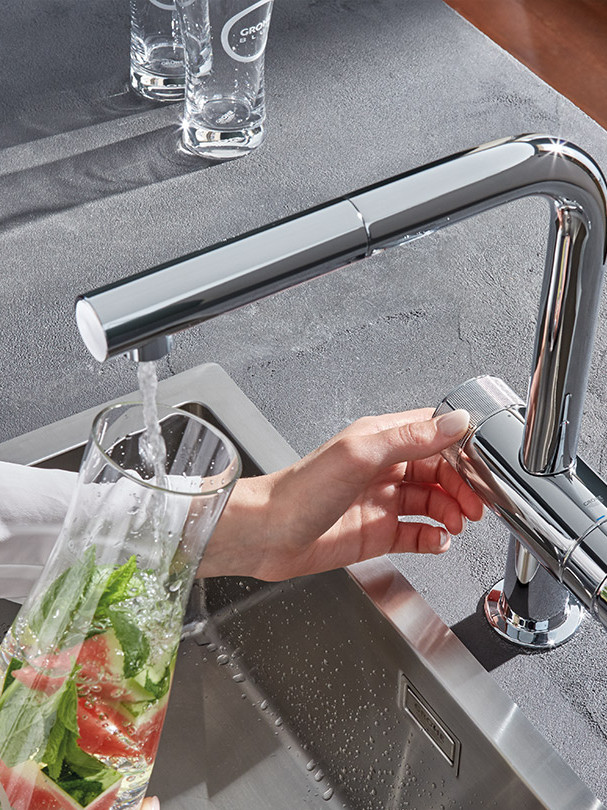
2. Choose the right tap for your kitchen
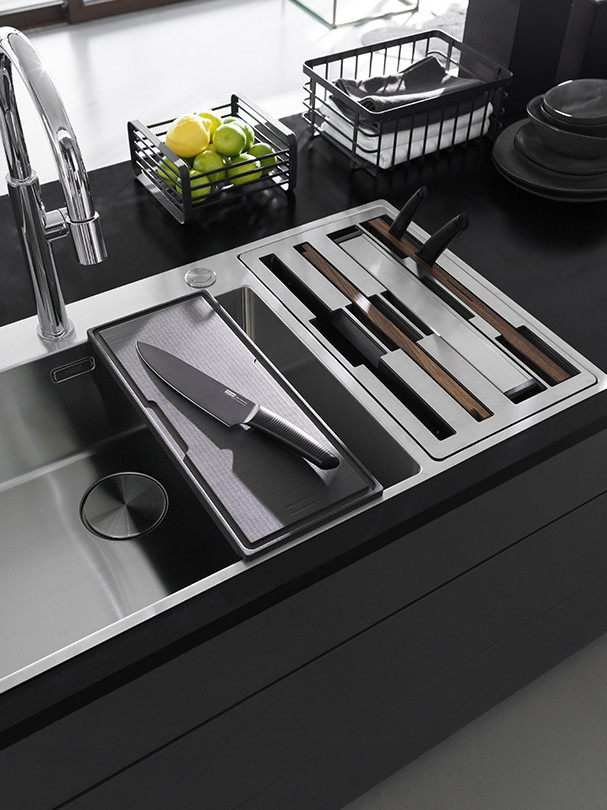
Where to buy your new tap
Before purchasing your new tap, we recommend you call on reputable DIY stores, shops specialised in plumbing or online sales platforms. Check out people’s opinions and product comparisons, as this will help you to find products offering the best value for money. You should also ignore any taps that are said to be problematic. At Facq, our experts are ready to help you make the right selection from our wide range of high-quality taps. We offer you personalised support, to assist you with finding a tap that meets your functional needs and neatly matches the style of your kitchen. Explore our website or take a stroll round one of our showrooms, where you can benefit from the advice of experts and discover our range of taps.
3. Get ready to replace that tap !
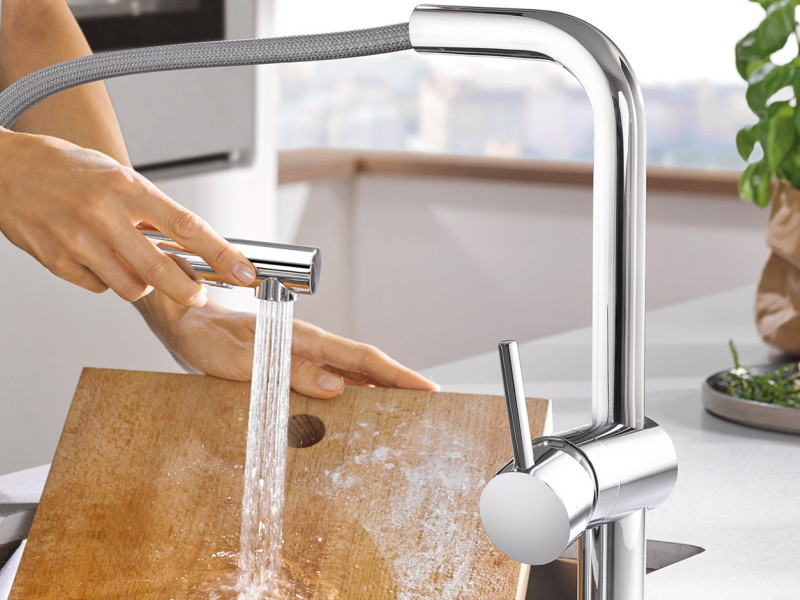
Essential
Wrenches
these tools are vital for tightening and loosening the nuts that hold the tap in place.Screwdriver
to adjust the small screws on the fitting or to access some internal control mechanisms.Plumber’s thread seal tape
essential to guarantee the watertightness of the threads and to prevent any leaks in the connections.Cloths and sponge
handy for cleaning the workspace before and after the installation, and to mop up any water leaks when you remove the old tap.
Optional
Basin wrench
specially designed for working in tight spaces under the sink, to facilitate the assembly and disassembly of taps.Hacksaw
you may need one if you want to cut or adjust the length of pipes during the installation.Spirit level
useful to ensure the tap’s installation is perfectly horizontal, so it will look attractive and operate well.Plumber’s putty or silicone
used to make the area around the tap more watertight and very handy if the installation surface is not completely flat.
4. Start removing the old tap !
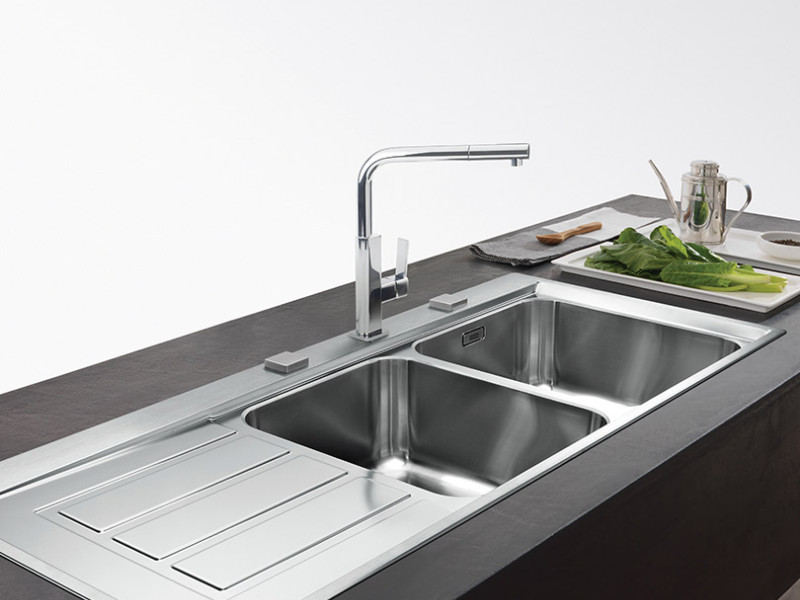
Start with the disassembly
- Access: while under the sink, you can access the mounting nuts for the tap; you will probably need a torch to see clearly.
- Unscrewing: use a basin wrench or adjustable wrench to unscrew and remove the nuts that hold the tap in place.
- Remove the connections: disconnect the water supply lines from the tap. If they are too tight, use a wrench to loosen them.
- Documentation: take photos or make marks on the fittings, to facilitate the new tap’s reassembly.Clean the assembly area
After removing the old hardware, thoroughly clean the surfaces around the mounting opening. Wipe away any limescale residue, rust or old seals by using a sponge and mild cleaning product. This will ensure the new tap is fitted cleanly and tightly. Check that the surface is clean and dry before installation.
5. Install the new tap
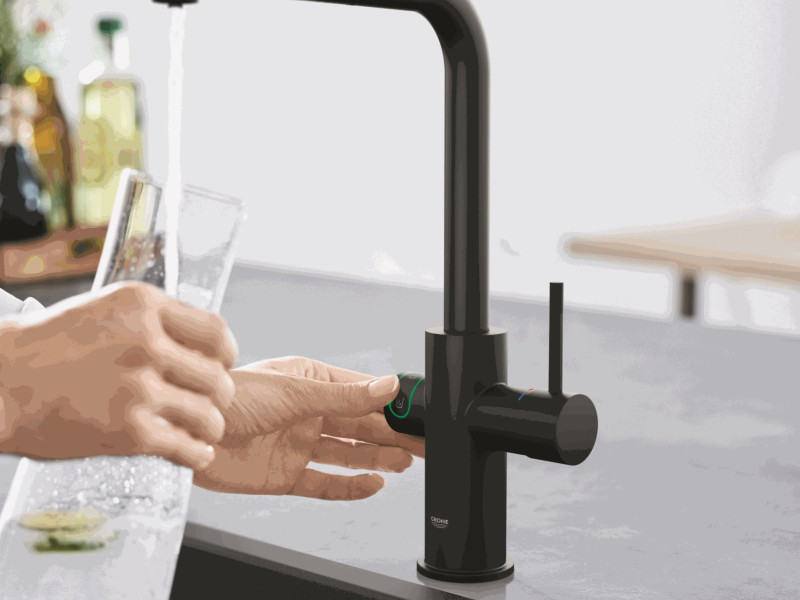
Assemble the new tap
Before getting started, read the manufacturer’s instructions on how to properly assemble your new tap. If the tap has separate parts (e.g. the spout or handles), you should assemble them according to the instructions, prior to installing the tap.Fixing and connecting pipes
- Installation: place the new tap in the foreseen opening on the sink; check that the tap’s alignment is correct.
- Fixing: fix the tap to the sink by tightening the nuts under the sink; use a basin wrench to fix everything but don’t tighten too much.
- Connecting pipes: reconnect the water supply lines to the new tap; use plumber’s thread seal tape on the tap threads to ensure everything is watertight.
6. Final checks and maintenance

Test the tap and check its watertightness
After installing the tap, gradually open the water supply and check that there are no troublesome flows. Test the tap’s different features and make sure everything is now working properly.Advice on maintaining your new tap
To keep your new tap working well, you should clean it regularly with non-abrasive products and occasionally check the connections for any sign of leaks or wear.
Short summary
Changing your kitchen tap is a practical and aesthetic step, an upgrade that can transform the space in this room. By following the steps described, you’ll ensure the tap is successfully fitted and will work optimally. To select and purchase the ideal tap, don’t hesitate to call on Facq’s expertise. Our advisors can help you to select a tap that will perfectly match your kitchen. Besides enhancing the room’s functionality, this will make every visit to your kitchen more pleasant and efficient.
FAQ
How long does it take to change a kitchen tap ?
While the time required to change a kitchen tap may vary, depending on your experience and existing conditions, most tap replacements can be finished in a few hours. If you’re doing this for the first time, allow a little more time to follow the installation instructions carefully and to adjust the connections.
Should I call on a professional to change my kitchen’s tap ?
Many homeowners decide to replace their taps themselves, because this minimises the labour costs. But you may want to call a plumber if you’re uncomfortable with DIY tasks, or if you face complex problems such as damaged pipes or non-standard configurations.
What are the obvious signs that it is time to replace my kitchen tap ?
The most common signs are constant leaks, difficulty operating the tap (e.g. a lever that creaks or is difficult to move), or a drop in water pressure. Or maybe the tap simply has an old-fashioned design that no longer matches the style of your kitchen.
How do I select the best tap for my kitchen ?
When choosing a new tap, consider the overall design of your kitchen. You should also think about the features you want (e.g. pull-out sprays or touchless technologies), and the type of installation that goes with your sink. Make sure the new tap is also compatible with your current water fittings, to avoid further modifications.
How can I stop my new tap leaking ?
To solve this problem, carefully tighten all connections and use plumber’s thread seal tape on the tap threads. After the tap’s installation, carefully check all connections, by letting the water run for a few minutes. If you notice any leaks, tighten the connections or consult a professional if the problem continues.
Are there any special precautions I should take when changing a kitchen tap ?
Before you start, turn off the water supply to prevent flooding. You should also protect your workspace with cloths or towels, to mop up any water that might escape. Finally, keep all the necessary tools and materials with you, as this will facilitate installation.